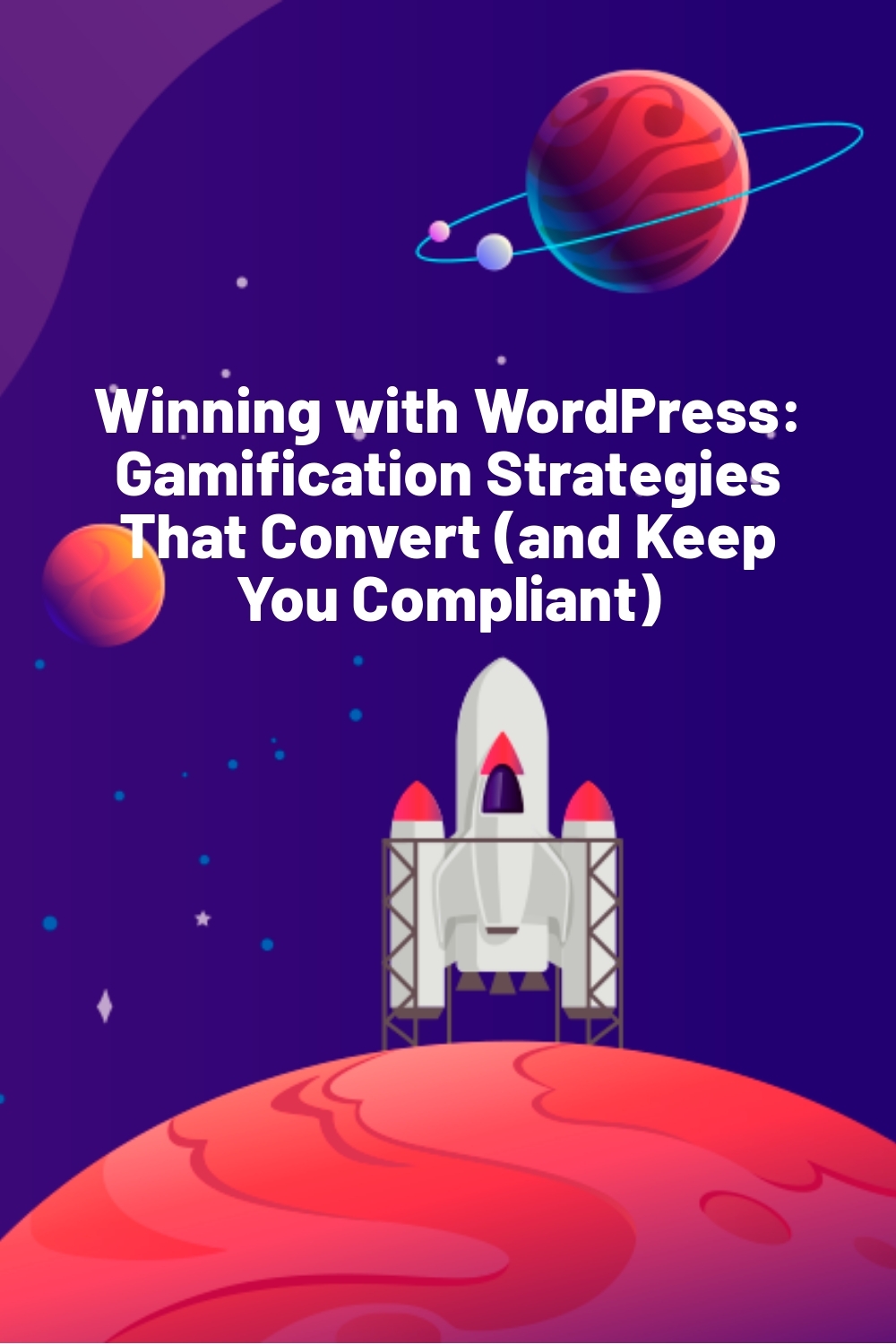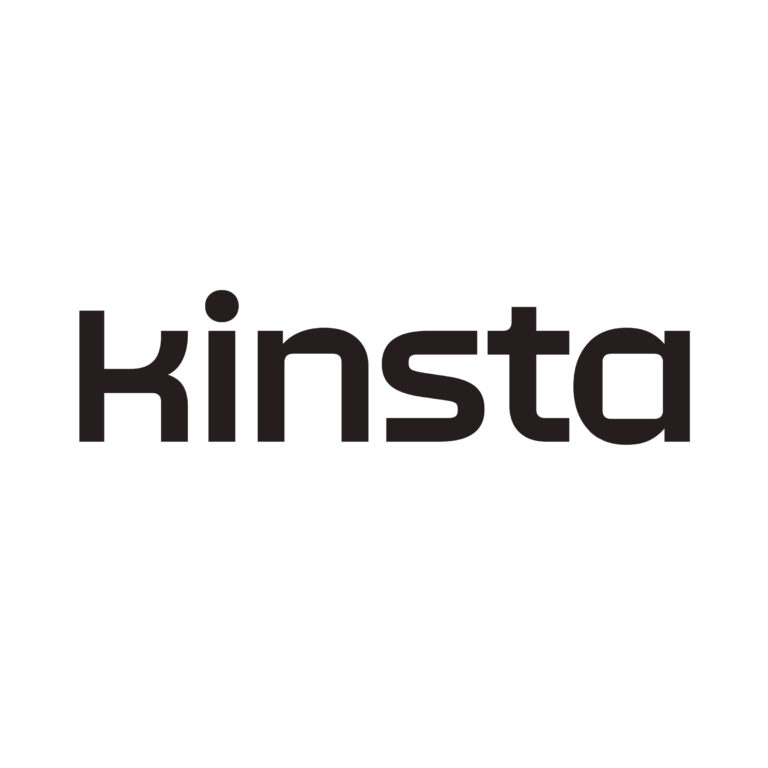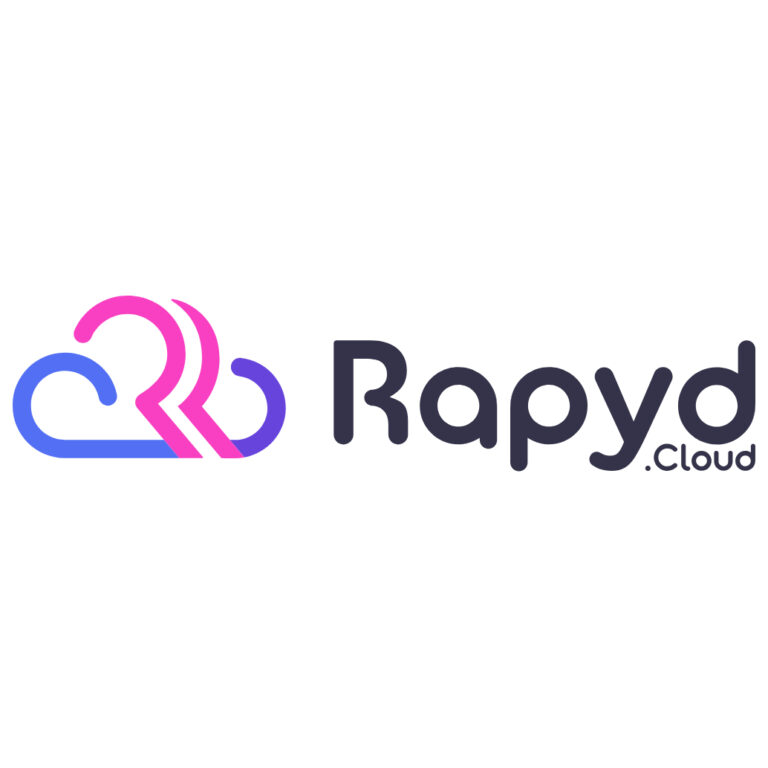WPLift is supported by its audience. When you purchase through links on our site, we may earn an affiliate commission.
Winning with WordPress: Gamification Strategies That Convert (and Keep You Compliant)
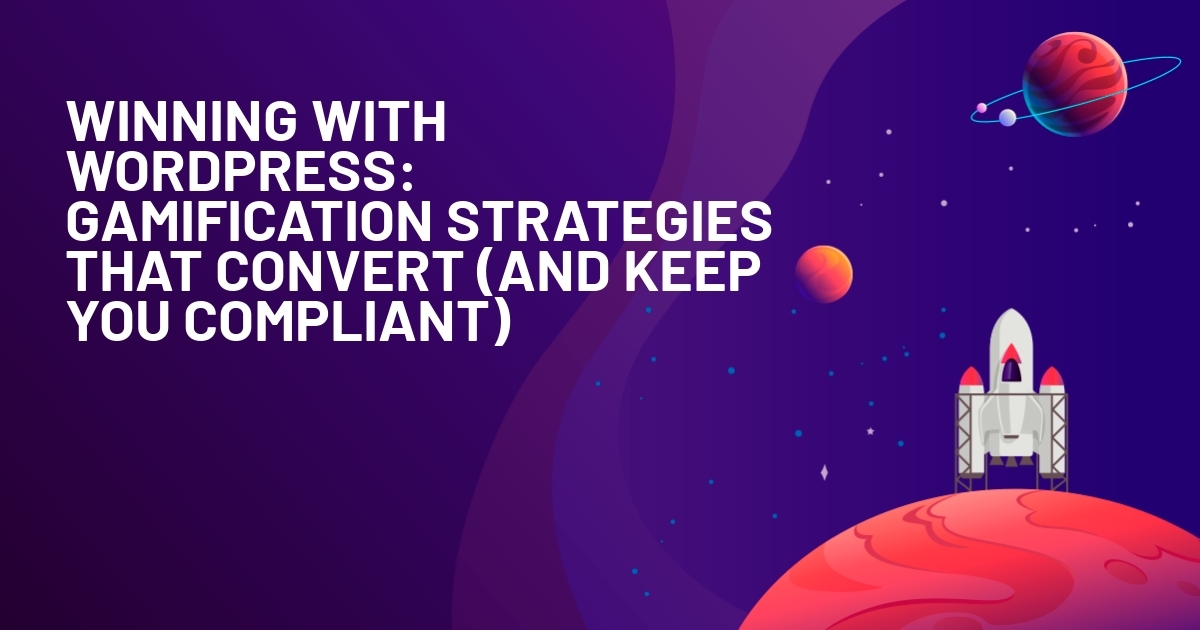
You’ve probably seen it: a visitor lands on your WordPress site, looks around for a few seconds, then disappears without signing up, buying, or even clicking. You’ve added popups, tried discounts, maybe even ran a quiz – but nothing sticks for long. The truth is, most visitors don’t leave because your offer is bad. They leave because the experience feels like every other website – predictable, passive, and easy to ignore.
That’s where gamification comes in as a way to change the dynamic. Instead of pushing more messages at your visitors, it invites them to interact. It’s not just hype either – businesses that use gamification see an average 25% increase in sales conversions. In other words, a little playfulness can pay off, big time.
In this guide, we’ll reveal insider gamification tactics for WordPress e-commerce sites. And since we’re responsible marketers here, we’ll also cover how to keep these games fair and transparent.
Spin-to-Win Popups – Giving Shoppers the Thrill of the Wheel
One of the hottest trends in WordPress e-commerce is the ‘spin-to-win’ – essentially a virtual prize wheel that visitors can spin for a chance at discounts or freebies. It’s irresistible to many – after all, who doesn’t love the chance to win something? These wheel-of-fortune style popups work wonders for engagement and conversions. They tap into basic human psychology: curiosity and the allure of randomness.
The uncertainty of ‘What will I win?’ creates excitement – a rush of dopamine from the anticipation and the possibility of a reward. In fact, our data showed that gamified ‘lucky wheel’ popups converted at 13.23% on average – far above the 7.65% conversion rate of a standard discount offer popup. That’s nearly double the conversions just by adding a playful spin (literally) to your usual email signup deal.
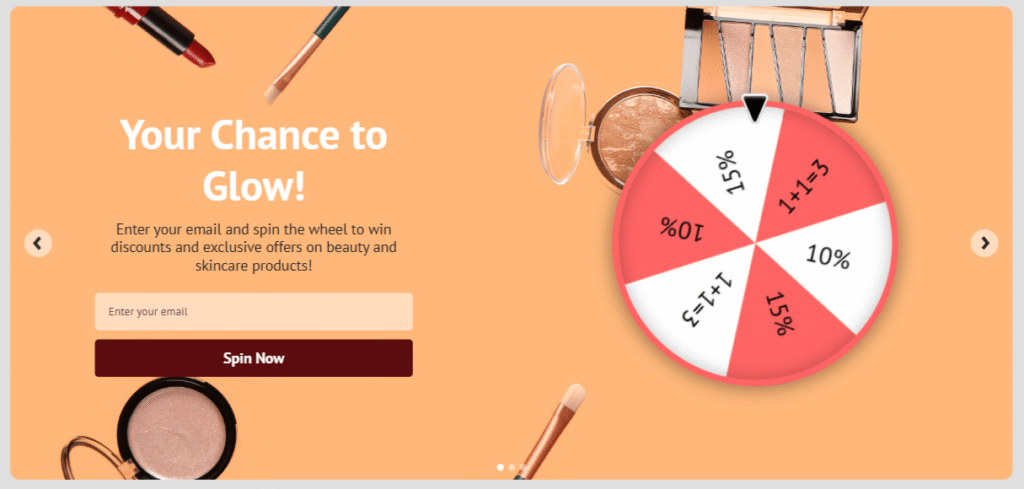
Why it works (psychologically):
- Curiosity & challenge: the very presence of a wheel game sparks curiosity and invites the user to play. It’s a challenge – ‘I wonder if I can get the big prize’ – that lures them in.
- Instant gratification: the act of winning a prize, even a small one, creates a sense of achievement and instant joy. That positive emotion gets associated with your brand.
- Fear of missing out: if the wheel promises attractive prizes, people don’t want to miss their chance. This nudge is subtle but effective: ‘I might as well spin, it’s free – who knows what I could get?’
- Reciprocity: when you give users a reward (like a coupon), they feel an added nudge to ‘return the favor’ by making a purchase. Psychologically, having a coupon in hand creates a desire to use it – nobody likes letting a deal go to waste.
The key is to make the rewards compelling but also balanced. Offer something that excites users (e.g. a range of discounts, maybe one grand prize like a free product) while ensuring you can afford to honor it. You can control the odds so that, say, most people get a 10% off and only a lucky few get the 50% off or a big prize. Be transparent where you can: for example, some sites reveal ‘1 in 20 wins the big prize’ in the fine print. Also, make it opt-in by design – the user should willingly enter their email to spin, which doubles as consent to join your list. These gamified subscription widgets not only drive engagement but also help you grow your email list in a fun, conversion-friendly way.
Compliance tip: always play fair with a prize wheel. Don’t promise impossibilities, and don’t secretly rig every spin to ‘no prize’. Not only will that frustrate users, it could violate consumer trust and laws. Make sure your terms (like ‘one spin per customer’ or the odds of winning major prizes) are clear. And of course, honor the discount or reward you promise. If you collect emails for spins, let people know they’ll be subscribed and give them the usual opt-out option later. The goal is to delight customers, not deceive them – keep the experience fun, friendly, and above board.
Progress Bars and Goals – Fueling the Urge to Complete
Humans are hardwired to finish what they start. By visualizing a goal – and showing the customer they’re part-way there – you invoke the same psychological drive that makes people finish video game levels, fill out their LinkedIn profile to 100%, or eagerly complete a punch-card for a free coffee. Seeing that progress bar nearly filled is a powerful motivator to toss another item in the cart to reach the goal. It’s amazing how a simple visual cue can turn an almost-sale into a bigger sale – the customer thinks, ‘just a little more and I win free shipping, why not?’ In essence, you’re turning an upsell into a challenge for the shopper to complete.
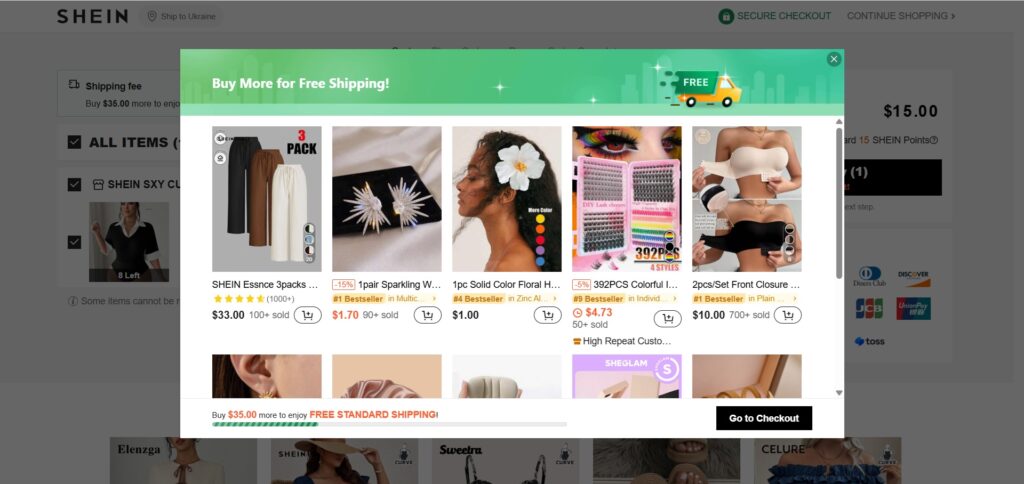
Progress bars can be used in other creative ways too. For instance, you might show a checkout progress to encourage completion and reduce cart abandonment – once people see they’re close to the finish line, they’re less likely to quit. Or if your site has a user account or profile, you can gamify profile completion (‘Complete 100% of your profile for a $5 welcome credit!’). Even loyalty programs (which we’ll get to soon) use progress visuals: ‘Only 200 points to reach Gold Tier!’ is basically a progress bar in text form.
Progress indicators exploit what behavioral scientists call the goal-gradient effect – the closer people get to a reward or endpoint, the faster and harder they work to get there. We love the feeling of finishing things. Research shows that customers given a ‘buy 10 get 1 free’ coffee card with two stamps already on it were far more likely to finish it than those given a blank ‘buy 8 get 1 free’ card – even though both required 8 purchases to earn the reward. The pre-stamped card created a sense of momentum, a head start toward a goal. You can create this same effect on your site by showing partial progress toward a desirable goal:
- Visible milestones: when users see ‘75% complete’ or ‘just 1 more item to go’, it triggers an innate urge to reach 100%. It’s a little psychological itch that needs scratching.
- Reward anticipation: a progress bar reminds them why they’re putting in effort. ‘Free Shipping at $50’ written on the bar keeps the reward crystal clear. The shopper starts to anticipate the satisfaction of achieving it (nobody likes stopping at 90% on a mission).
- Clarity and guidance: it also simply guides the user on what to do next. Instead of leaving them idle or unsure, a progress prompt like ‘Spend $X more for a bonus’ gives a clear next step to take.
Compliance tip: there’s not much to ‘mislead’ here, but still keep your promises. If you advertise ‘Free shipping at $50’, then don’t pull a fast one – actually give the free shipping once the bar is filled. Likewise, don’t arbitrarily change the goalpost midway. Transparency here builds trust: customers should feel the goal is attainable and real. Essentially, don’t gamify in a way that feels like a bait-and-switch. Keep it legit and reward as promised.
Gamified Rewards and Challenges – Instant Incentives for Engagement
Not all gamification has to be about the purchase process or loyalty points. You can also add fun by offering small rewards or challenges that get customers interacting more with your brand. Think of these as mini-games or bonus quests in the customer journey. For example:
- Interactive quizzes: a home décor store might have a ‘Style Quiz’ that feels like a fun personality test – at the end, the user gets personalized product recommendations and a small coupon reward for completing the quiz. The quiz is the game, and the coupon is the prize.
- Referral or social sharing challenges: for instance, a ‘Give $10, Get $10’ referral program can be framed as a challenge – share with 3 friends to unlock a $10 store credit. It’s essentially a game of sharing. Or you might challenge users to post a photo with your product on Instagram using a hashtag to enter a contest (with a reward draw at the end). The task is fun and community-driven, and the reward gives an extra push.
Surprise rewards: sometimes the surprise element itself is gamification. A pop-up might announce ‘It’s your lucky day! Pick a mystery box for a surprise offer’. The user clicks one of three animated gift box icons – it reveals a random reward like ‘You got 15% off!’ This turns a generic discount into a little game and a memorable moment.
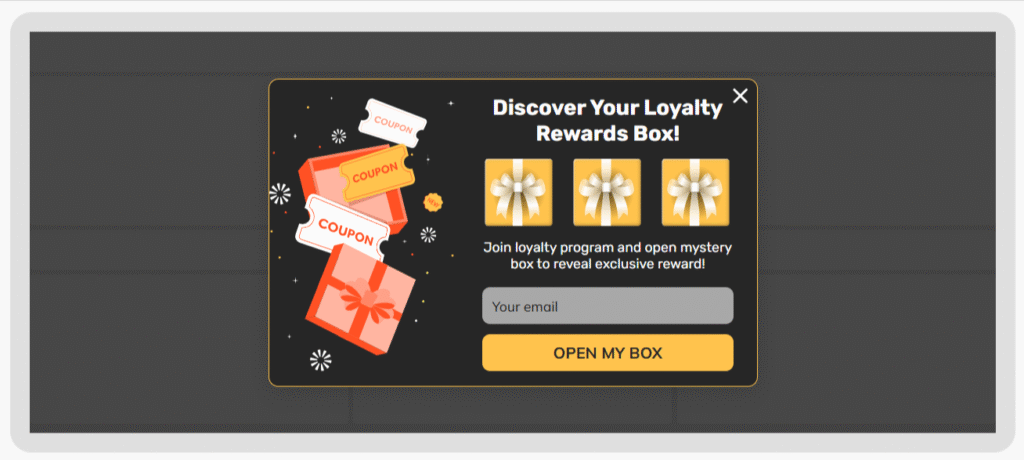
These tactics use reward psychology and a sense of play. By offering even small rewards (a badge, a few points, a chance to win something) for actions, you turn passive users into active participants. Gamified challenges add an external incentive to actions users might not otherwise bother with. Much like progress bars, giving a set of possible badges or achievements triggers the urge to complete the set. Every time a user gets a reward or acknowledgment, no matter how small, it reinforces that behavior. They’re more likely to do it again.
Compliance tip: when running any kind of contest, giveaway or reward scheme, spell out the rules. Make sure customers know how to participate, how winners are chosen and that you’ll actually deliver the prize. Don’t do anything that could be seen as illegal gambling or an overly aggressive incentive. For example, if you require a purchase to enter a prize drawing, provide an alternate ‘no purchase necessary’ entry method to stay on the safe side of lottery laws. Also, if you’re incentivizing reviews or social shares, check platform policies – some sites require a disclaimer that the review was incentivized. In short, keep it transparent and fair. A little fine print and clarity upfront goes a long way to keep your fun promotions from causing headaches.
Loyalty Programs and Tiers – Leveling Up Your Customer Base
If gamification is a spectrum, loyalty programs are the long-game, high-reward end of it. This is where you turn shopping into something like a frequent flyer program or a role-playing game, with your customers racking up points, advancing to new ‘levels’ and unlocking perks over time.
Look at the real-world gold standard – Starbucks. They turned buying coffee into a game of collecting ‘stars’ (points), with levels like Gold status and free-drink rewards. The result? Their loyalty members drive a huge portion of their revenue – about 53% of US sales come from Rewards program members. That’s the power of a well-created loyalty game: customers go out of their way to earn points and redeem rewards, choosing you over competitors. Now, you might not be Starbucks, but the principle scales to any size: a good loyalty program can significantly increase repeat purchases and customer lifetime value.
Loyalty programs combine a bunch of motivational factors:
- Accumulation & progress: collecting points triggers the collector mentality – people love accumulating rewards. Seeing your points balance grow is satisfying, and nearing a reward threshold builds anticipation (just like a progress bar reaching the end).
- Status & recognition: tiered programs tap into status motivation. Customers take pride in being a ‘VIP’ or ‘Gold member’. It’s social proof and personal achievement rolled into one – even if it’s just a label on their account, it feels exclusive.
- Reward reciprocity: when you reward customers regularly (points on every purchase, a birthday freebie, etc.), you foster goodwill and reciprocity. They’re inclined to keep choosing your store because it consistently gives back to them.
- Retention via loss aversion: here’s a clever twist – once people have accrued points or status, they don’t want to lose them. That means they’ll keep coming back to maintain their level or use their points before they expire. The thought of ‘wasting’ the points by not shopping feels like a loss. So, loyalty gamification actually locks in future business by the sheer weight of what customers have already earned with you.
Compliance tip: running a loyalty program is easy, but still be clear in your terms and conditions. Disclose point expiration (if any), how points are earned (like on product price minus taxes/shipping), and how they can be redeemed. Make sure any advertised perks (free items, discounts, special access) are delivered as promised without hidden catches. And protect customer data – loyalty programs involve personal info and purchase history, so handle that data respectfully and securely (think GDPR if you have international users). Essentially, keep the ‘game rules’ of your loyalty program transparent. Fair play builds trust and long-term loyalty, more than the points and prizes themselves.
Countdown Timers – Urgency That Drives Immediate Action
Ever notice how a ticking clock makes your heartbeat a little faster? In e-commerce, countdown timers use that sense of urgency to get you to act now. They’re a gamification element in that they turn decision-making into a time-bound challenge: beat the clock or miss out! If you’ve run limited-time sales or limited-stock offers, adding a visible countdown can increase conversions by a healthy dose of FOMO (fear of missing out).
Countdowns work great for flash sales but on product pages too, especially for scarcity-driven promotions. For example, ‘Only 2 left in stock!’ combined with a timer showing how long an item in your cart is reserved can get hesitant shoppers to checkout before they lose their chance.
This is all about urgency and loss aversion:
- Immediate focus: a ticking timer draws the eye and signals time is of the essence. It makes people prioritize this purchase before the opportunity slips away.
- Fear of missing out: knowing a deal will disappear or a bonus will expire triggers FOMO. Psychologically people fear loss more than they desire an equivalent gain. The thought ‘I’ll regret it if I miss this’ starts to outweigh doubts.
- Challenge element: There’s a subtle gamification in racing against the clock. It feels like a challenge – can I decide and checkout in time? That adrenaline rush makes shopping more exciting. It turns buying into a bit of a game: beat the buzzer and win the prize (the deal).
- Decision clarity: A countdown forces a decision. Many shoppers procrastinate forever; a deadline helps them clear the fence. It’s now or never – which often means now.
Compliance tip: urgency is powerful but don’t abuse it. False countdowns (that reset on each visit or never actually expire) or fake ‘limited stock’ claims (‘Only 1 left!’ on every product all the time) will erode customer trust – and could be against advertising laws. Always use real deadlines and honest quantities. If your sale ends at midnight Friday don’t quietly extend it to Sunday without telling customers; if you say an item is almost gone it should truly be in short supply. The idea is to create real urgency not to trick people. Keep it honest and you’ll not only increase conversions you’ll build a reputation for reliability even in the midst of urgency.
Final Words
By adding these gamification elements to your WordPress e-commerce site you’re doing what great marketers have been doing for years: making customers feel special, excited and want to come back. Whether it’s the thrill of spinning a wheel, the satisfaction of achieving a goal or becoming a VIP, each tactic uses human psychology to drive engagement and buying behaviour. Your online store becomes more than just a product catalog – it becomes an experience, a place where shopping is rewarding and fun. And when executed with transparency and fairness, they not only improve your immediate conversions but also build long-term loyalty.
